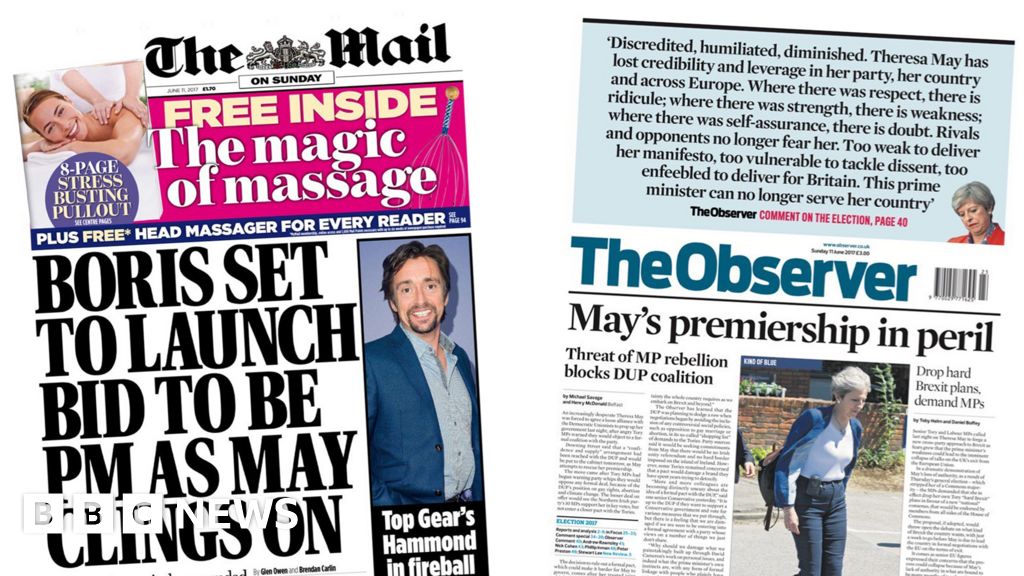

In this final chart, we have visualized how the words used in headlines about women have changed over time.Īmong other trends that can be observed from this chart, we found that while the use of many gendered words (e.g.“sexy,” “fat,” “housewife” or “gossip”) has faded out over time, the use of empowering words has increased over time (e.g. Go ahead, hover on the bubbles and see for yourself if you think these headlines are extremely gendered. The Daily Mail scores the highest while the BBC and ESPN are among those who score the lowest. In contrast to our results for polarity, there is a greater variance in bias scores across publications. Using their research methodology, we attributed a bias score to each headline.įor example, the headline that reads “ Daughter in emotional meeting with woman given life back by selfless courage of her dead mother” gets a higher bias score than the headline that reads “ Hillary Clinton speaks out for the same American values upheld in retracted embassy statement.” In the chart below, we visualize this bias index for each publication. has suggested that both gendered language and words that reinforce societal and behavioral stereotypes, such as “beautiful,” “emotional,” “supportive” or “dramatic,” add to the bias of a sentence.

While the theme of crime and violence got us delving into how sensational women-centered headlines are, the theme of gendered language led to the idea of measuring bias.Įxplicit use of gendered language in English - words like “actress,” “congresswoman” or “landlady” - emphasizes the gender of the subject when there is no need to do so. As it turns out, not only is sensationalism on the rise, but it has also been consistently higher in headlines with keywords associated with women, as opposed to headlines about other topics. A headline with either extremely positive or extremely negative sentiment is, for our analysis, considered sensational, and hence it is given a higher polarity score. For example, a story titled “ Woman, 28, charged after 'stabbing' in Barnsley town centre” could potentially garner a semi-conscious glance from its reader while one titled “ Woman screamed 'KILL KILL KILL!' while repeatedly stabbing a man in Barnsley market attack” could be more likely to capture the reader’s attention.īut, is this sensationalism more or less prominent in women-focused headlines? To find out, we used sentiment analysis, a natural language processing technique used to quantify emotion in text, to rate every headline with a polarity score. The words in a sensational headline are carefully chosen for the purpose of enticing the reader. 24 publications in South Africa, 51 publications in India, 57 publications in the UK, and 54 publications in the US). A total of 186 publications were considered (i.e. Using keywords associated with the word “woman” (like girl, mother and lady), we collected and analyzed 382,139 headlines published between 20 by the top English-language news publications and news agencies in four countries: The United States of America (US), India, South Africa, and the United Kingdom (UK). To explore these questions, we have visualized the language used in women-centered headlines and how this language has (or has not) changed over time. So, if women are underrepresented in the news to begin with, what does it look like when women do make headlines? And how have headlines about women changed over time? Furthermore, research within the fields of educational and experimental psychology has demonstrated that news headlines can have a disproportionate impact on the reader’s mind, and that misleading headlines can bias readers toward a specific interpretation. In the context of news, headlines introduce, frame and contextualize a news story. According to this report, this number has not changed since 2010. In the most recent report published by the Global Media Monitoring Project (GMMP), the largest and longest running research on gender in the world’s news media, women were found to make up just 24% of news subjects and sources reported.

Today, research has suggested that women are significantly less likely to make the news compared to men.

A visual essay about the (mis)representation of women in the news


 0 kommentar(er)
0 kommentar(er)
